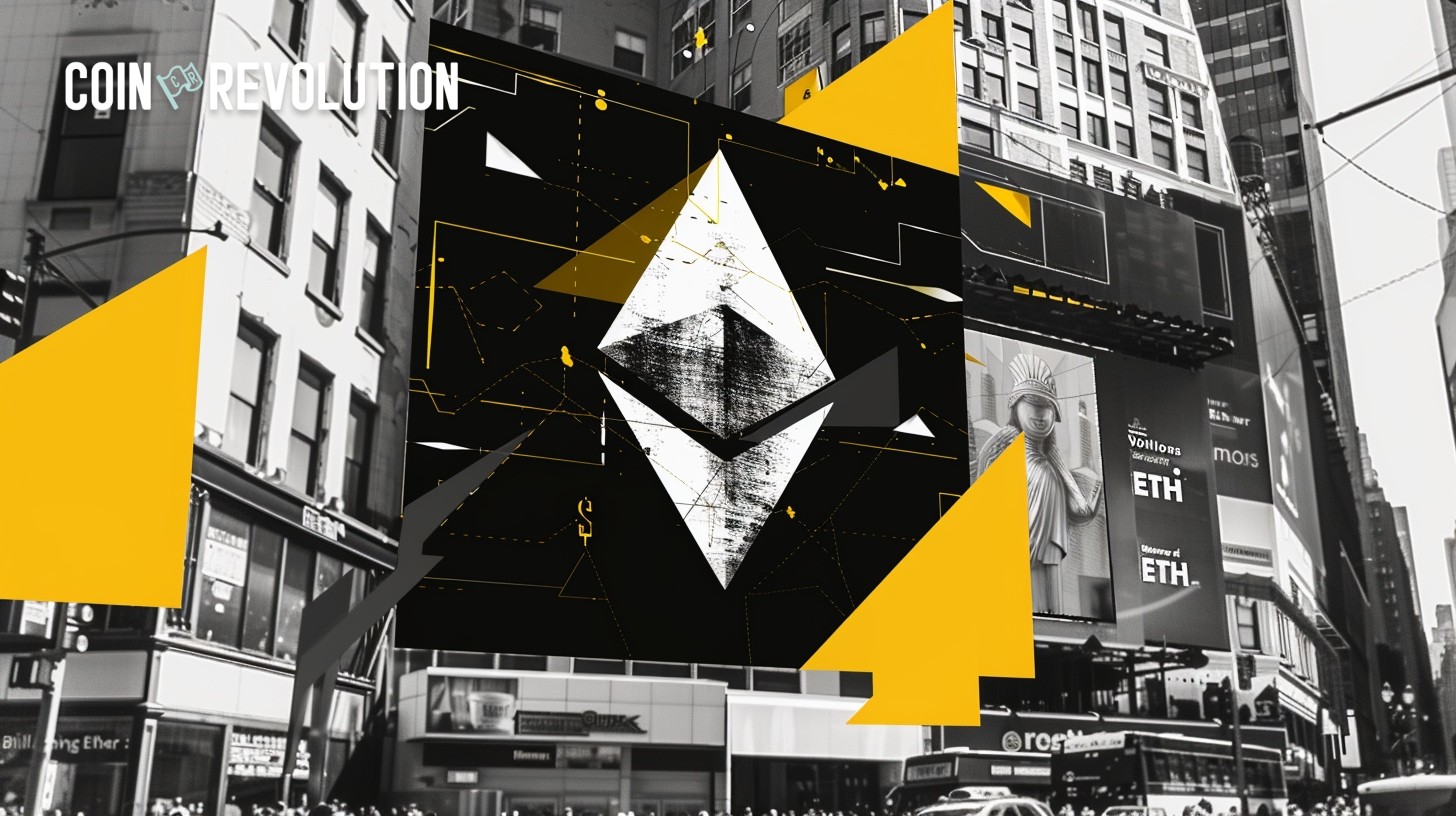Over $26 Billion in Ethereum Gone Forever: The Hidden Supply Crisis

More than $26.85 billion worth of Ethereum has been permanently removed from circulation through two distinct mechanisms: $3.43 billion lost to user errors and smart contract bugs, plus $23.42 billion deliberately burned by the protocol itself. This represents over 5% of all ETH ever created.
$3.43 Billion Lost: When Smart Contracts Go Wrong
According to Connor Grogan, Director of Strategy at Coinbase, at least 913,111 ETH had been irreversibly lost due to user mistakes and smart contract flaws. This amount was valued at $3.43 billion and made up approximately 0.76% of the circulating supply. Grogan notes that this figure “greatly underestimates the actual amount of lost/inaccessible ETH,” as it excludes funds lost to forgotten private keys or inactive wallets.
These losses are the result of human error and blockchain immutability – code or operational mistakes cannot be reversed. This emphasizes the need for thorough smart contract audits and better user education.
Major incidents include:
- Parity multisig vulnerability (2017): 306,000 ETH lost due to a bug in the Parity wallet that made funds inaccessible.
- QuadrigaCX smart contract error: 60,000 ETH locked in a smart contract with no withdrawal function.
- Akutars NFT project (2022): 11,500 ETH locked due to a smart contract bug during minting.
- Accidental transfers to burn addresses: Over 25,000 ETH sent by users to irrecoverable addresses.
*Note: The USD value for QuadrigaCX, accidental transfers, and other user mistakes was calculated using Grogan’s total estimate of $3.43 billion for 913,111 ETH, which reflects an approximate ETH price of $3,756.3 at the time of his report.
The Stories Behind the Losses
The Parity Disaster: In November 2017, a user accidentally triggered a bug that froze 306,000 ETH across 587 wallets. The funds weren’t stolen – they’re still visible on the blockchain, locked forever in smart contracts that can’t be accessed. Among the victims: Polkadot’s development fund lost 96,000 ETH.
QuadrigaCX’s Fatal Flaw: Canada’s largest crypto exchange designed a smart contract for their cold storage that had no withdrawal function. When CEO Gerald Cotten died suddenly in 2018, 60,000 ETH became permanently inaccessible – a $200+ million mistake that contributed to the exchange’s collapse.
The Akutars NFT Nightmare: In April 2022, the Akutars NFT project raised 11,500 ETH through a Dutch auction. But their smart contract had a critical bug – the refund mechanism didn’t work, trapping the entire amount forever. The NFTs minted successfully, but the money vanished into an unusable contract.
$23.42 Billion Burned: How EIP-1559 Destroys ETH
Beyond accidental losses, over 5.3 million ETH (approximately $23.42 billion) has been intentionally removed from circulation through the EIP-1559 update, accounting for more than 5% of all ETH ever created. This mechanism, introduced with the London hard fork in August 2021, altered how transaction fees work.
Every Ethereum transaction now burns a ‘base fee’ – when the network is busy (like during NFT drops), more ETH gets destroyed. Over $23 billion worth has been burned since August 2021. This reduces the total ETH in existence and creates ongoing deflationary pressure on supply.
Put simply, the more congested the Ethereum network, the more ETH is burned per transaction – reducing supply and making Ether a scarcer asset.
The Price Impact You Can’t See
This supply reduction isn’t just theoretical – it’s affecting ETH’s market dynamics:
Supply Shock Math:
- Original ETH supply trajectory: ~120 million + 4% annual inflation.
- Current reality: ~120.7 million with periods of deflation.
- Missing supply: 6.2+ million ETH that would otherwise be trading.
Historical Context: Bitcoin’s fixed 21 million cap gets attention, but Ethereum’s *shrinking* supply might be more bullish long-term. While Bitcoin adds ~328,500 BTC annually through mining, Ethereum sometimes destroys more ETH than it creates.
Institutional Recognition: major funds now factor ETH’s deflationary mechanics into valuation models. Goldman Sachs’ December 2024 Digital Assets Outlook specifically cited EIP-1559 burns as a ‘structural bullish factor,’ noting that deflationary pressure could support ETH prices even during broader market downturns.
What This Means for ETH Price
Simple economics: less supply + same demand = potential price increase. With over 5% of all ETH permanently gone, remaining tokens become scarcer.
With Ethereum’s transition to Proof-of-Stake reducing new issuance by ~90% and EIP-1559 continuing to burn ETH daily, the supply crunch will likely intensify. Academic studies suggest 10-20% of all cryptocurrency may be permanently lost, meaning the real impact could be far larger than current estimates suggest.
The irony? Every mistake and protocol upgrade makes your ETH more valuable. In crypto, even disasters can be accidentally bullish.
Key Takeaways for Investors
For ETH Holders:
- Factor deflationary pressure into long-term price models
- Understand that real circulating supply is lower than reported figures
- Monitor EIP-1559 burn rates during high network activity
For Users:
- Double-check wallet addresses – blockchain mistakes can’t be undone
- Use hardware wallets and backup seed phrases properly
- Avoid experimental smart contracts with unaudited code
For Developers:
- Code audits aren’t optional when bugs can lock millions permanently
- Test withdrawal mechanisms thoroughly before mainnet deployment
- Consider time-locks and emergency pause functions in smart contracts
The information published on CoinRevolution is intended solely for general knowledge and should not be considered financial advice.
While we aim to keep our content accurate and current, we make no warranties regarding its completeness, reliability, or precision. CoinRevolution bears no responsibility for any losses, errors, or decisions made based on the material provided. Always do your own research before making financial choices, and consult with a qualified professional. For more details, refer to our Terms of Use, Privacy Policy, and Disclaimers.










